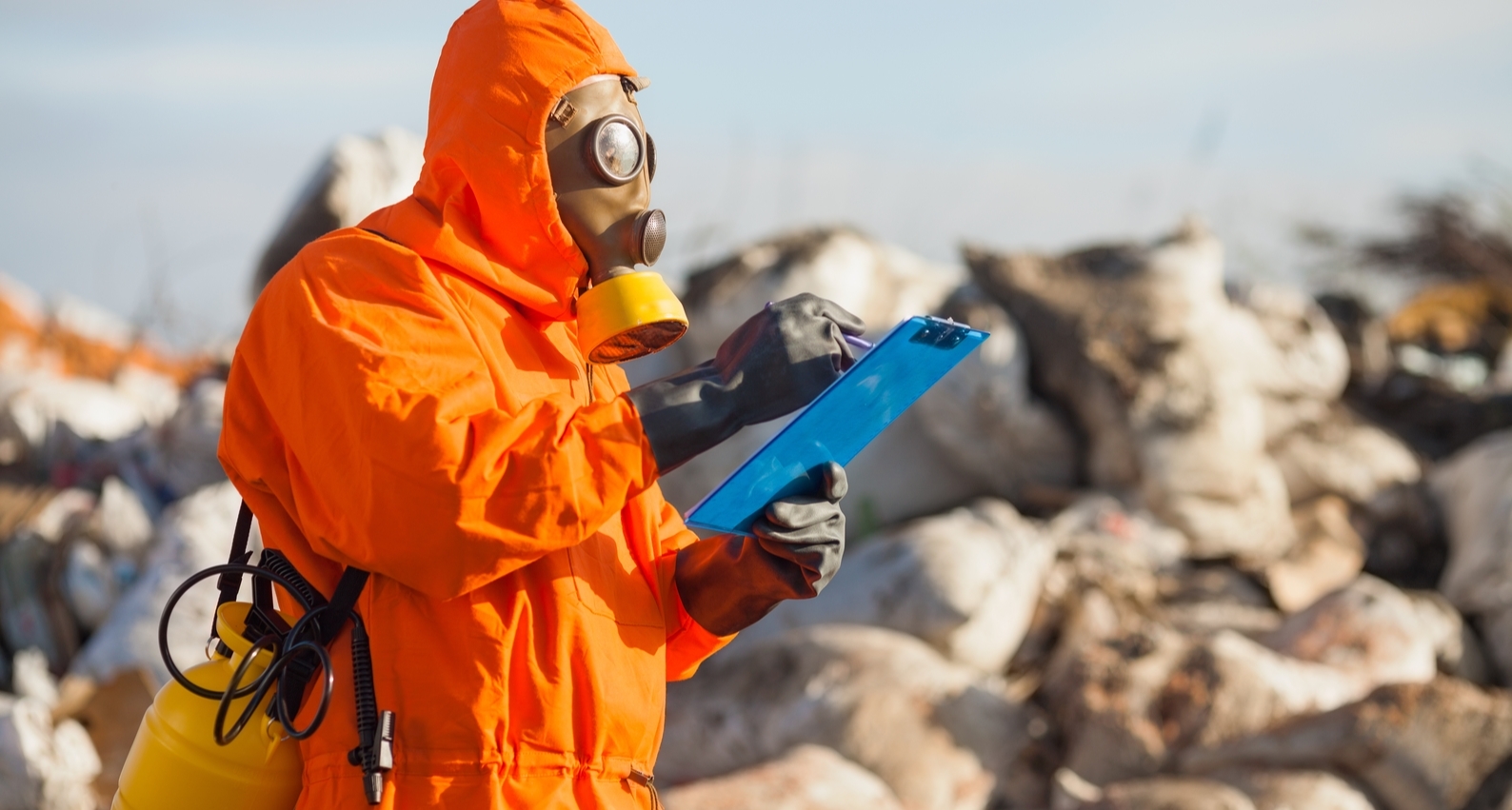Challenges from Changing Biocides Regulatory Environment
Published on 12 Nov, 2020

Biocides, often used as disinfectants and preservatives in paints and coatings, water treatment, personal care and home care products, have increasingly been subjected to a stringent regulatory environment. This has resulted in significant cost increases for companies due to compliance requirements. Due to this many small and mid-sized players are pushed out of the market as they are unable to undertake such extensive capital outlays on market authorizations. Product formulators are striving to develop suitable environment-friendly alternatives to high risk biocides, as an increasing number of countries are implementing regulatory controls on their usage.
According to Article 2 (1) of the Directive 98/8/EC (Biocidal Products Directive – BPD), biocidal products are defined as: “Active substances and preparations containing one or more active substances, put up in the form in which they are supplied to the user, intended to destroy, deter, render harmless, prevent the action of, or otherwise exert a controlling effect on any harmful organism by chemical or biological means”. Most of the biocidal active substances are formulated chemical compounds that are toxic to human health and the natural environment. Biocidal products often contain substances with allergic, ecotoxic, carcinogenic, developmental neurotoxic or endocrine disrupting properties. Few of the major biocides and related health and environmental consequences include: pentachlorophenol (PCP), an active substance that causes carcinogenic and endocrine disruptions; dimethylfumarate (DMF), used to kill moulds, induces severe allergic reactions; tributyltin (TBT), an antifouling agent, impacts marine environment; and diuron, a herbicide, which poses severe water contamination issues.
Yet, biocides market is estimated to reach 1.4 million tonnes by 2024 from about 1.1 million tonnes at present, growing at a CAGR of 4.5%. Primary end-use markets include water treatment, paints & coatings, wood preservation, and personal care and home care products. The rapid increase observed in the consumption of biocides for water treatment and preservative applications across industries has led to unintended consequences on human health and the environment
Therefore, to protect the environment and safeguard human health, regulations on the usage of biocides in consumer centric products are becoming excessively stringent across the world. In Europe, the biocidal products regulation (BPR) was implemented to regulate and monitor the applications of biocides. Other legislative measures have also been promulgated to ensure appropriate classification and labelling and to reduce the maximum permissible content of certain active substances. Some of these measures include:
- Reduction in European Union (EU) limits for methylisothiazolinone (MIT) content in paint and detergent applications from 1000 ppm under H317 label and 100 ppm under EUH208 label (previous limit: 15 ppm and 1.5 ppm, respectively).
- Restriction in the use of octhilinone (OIT) as a material preservative in paints by the Health Canada Pest Management Regulatory Agency (PMRA).
- EU Biocidal Product Committee (BPC)’s directive to restrict the use of Carbendazim in textile sector for product type 9 that includes fibers, leather, rubber, polymerized materials and preservatives.
- EU’s directive to exclude silver compounds (silver copper zeolite, silver sodium hydrogen zirconium phosphate, and silver zeolite) from use in biocidal products.
- Ban on cybutryne — a biocide used in antifouling coatings — by the International Maritime Organization (IMO)
Impact on product formulators
This has led biocides to become one of the tightest regulated family of chemicals and each initiative to produce safe disinfectants, preservatives, and pest control chemicals has a simultaneous reparation on product manufacturers and chemical formulators.
It is estimated that in last five years, chemical formulators in the EU have invested, on an average, 2.5% of their annual revenue to comply with biocides legislations. In absolute terms, the average cost for product legalization under the BPR is thrice of what it was under preceding law, viz., the Biocidal Products Directive (BPD). For a new substance, formulators are required to invest millions of dollars, majority of which is used for generating scientific data mandated by the BPR. The additional costs have trickled down the supply chain to consumer goods producers and ultimately the consumers. The trend has also resulted in wiping off majority of small and medium size suppliers from the market, as they were incapable of coping with such a monetarily extensive approvals exercise. Thus, biocides customers are now facing an increased risk as supply markets are consolidated into the hands of limited number of large suppliers. Along with supply risk constraints, biocides users also need to adhere to marketing and labelling requirements in their products, adding to the cost of compliance.
For instance, as mentioned earlier due to implementation of regulation by EU in May 2020, to reduce MIT content in paints and detergents, manufacturers are facing a major labelling challenge. Typical MIT content in paints and cleaning formulation is between 50 to 200 ppm. MIT is now classified as a highly potent category 1A skin sensitizer and it will no longer be used for do-it-yourself paints as it is restricted for professional users only.
It has become quiet challenging for formulators to cope with the changing regulatory environment. Increased R&D investments to develop and promote the use of suitable environment-friendly alternatives has gained significant momentum. For instance, Lanxess has added several products to their portfolio which the company can claim to be much more environment friendly, such as Preventol range and Biochek 722 (that is Isothiazolinones free and does not require H317 label). Companies have also had to ensure supply guarantees and move from a market-oriented price-competitive supply market to a more tightly monitored partnership model with their biocide active substance suppliers.
Regulatory considerations will continue to impact product development efforts over the next few years as more and more countries implement proposed regulations on biocides usage.
